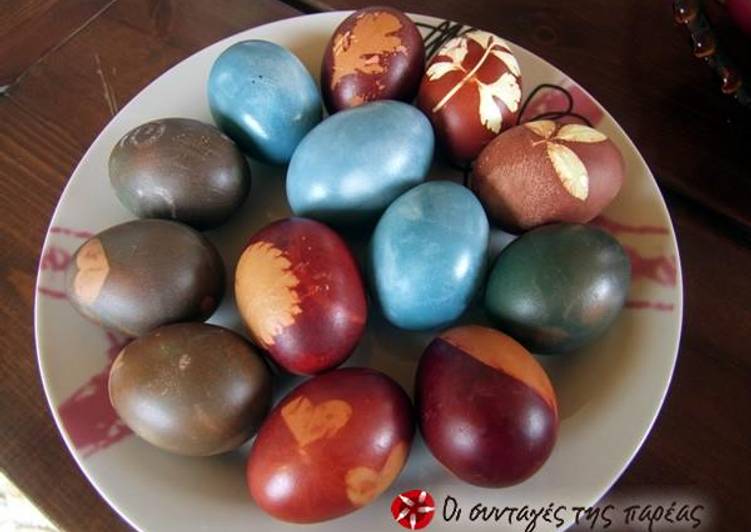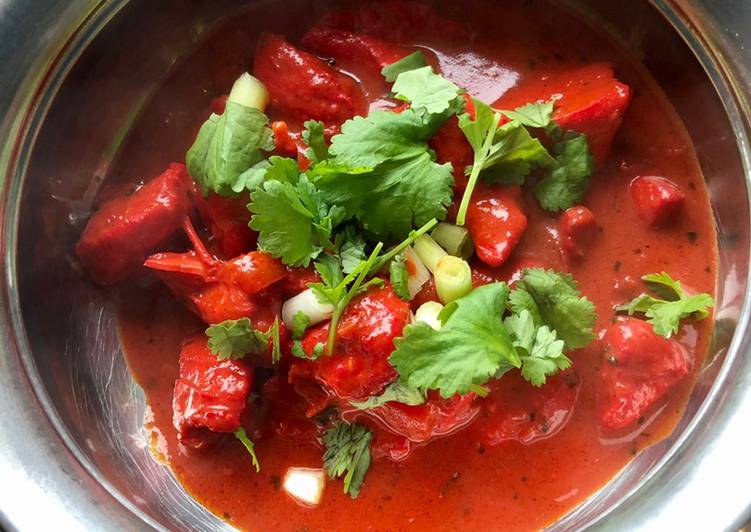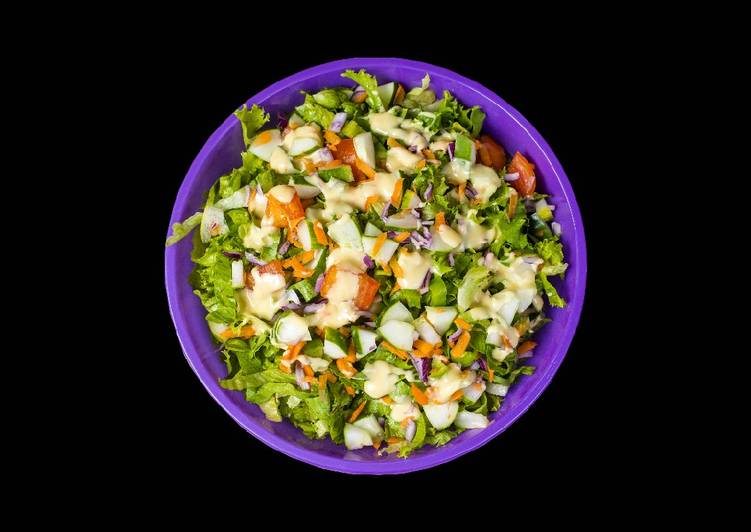
Hello everybody, it is Jim, welcome to our recipe page. Today, we’re going to make a distinctive dish, easter eggs naturally dyed. It is one of my favorites. For mine, I’m gonna make it a little bit unique. This will be really delicious.
You can dye Easter eggs using stuff you already have in your pantry. How To Make Naturally Dyed Easter Eggs. Easter and decorated eggs — you can't have one without the other.
Easter eggs naturally dyed is one of the most popular of recent trending meals on earth. It is enjoyed by millions every day. It is simple, it is fast, it tastes delicious. They are fine and they look fantastic. Easter eggs naturally dyed is something that I’ve loved my whole life.
To get started with this particular recipe, we must first prepare a few ingredients. You can have easter eggs naturally dyed using 18 ingredients and 4 steps. Here is how you cook that.
The ingredients needed to make Easter eggs naturally dyed:
- Get For red eggs
- Make ready 10 eggs
- Get 2 cups cut beetroot
- Prepare 2 cups tepid water
- Get 3 tbsp white vinegar
- Make ready 1 tbsp salt
- Get For purple/blue eggs
- Make ready 10 eggs
- Get 2 cups cut red cabbage
- Prepare 2 cups tepid water
- Get 3 tbsp white vinegar
- Take 1 tbsp salt
- Make ready For yellow eggs
- Prepare 10 eggs
- Make ready 1 cup yellow daisies (just the petals)
- Make ready 3 tbsp sweet paprika
- Get 2 cups tepid water
- Prepare 1 tbsp salt
How To Dye Eggs Naturally With Everyday Ingredients. After lots of testing, I've determined which ingredients consistently yield beautiful, vibrant colors. If you've never dyed Easter eggs naturally, you have to try it at least once. It's great fun for kids, and you'll end up with the most amazing colors.
Instructions to make Easter eggs naturally dyed:
- The process is the same for all the dyes.
- Place all the ingredients together in a pot, the eggs too, and boil for about 10 minutes over low heat so that the high temperature doesn't cause the eggs to break.
- Remove from heat and set them aside to cool.
- Place them in a bowl including the water and put it in the fridge. The more days you leave them in the fridge the more intense the color of the eggs will be.
Here's how to use foods like cabbage, beets and onion skins to create your own egg dyes. Enough science, let's get back to the art of naturally dyed Easter eggs! The chart below lists the spectrum of dye colors yielded by the plant materials with which I experimented. The bold colors indicate the plant/mordant combination I would highly recommend. In order to get a clear.
So that is going to wrap this up with this special food easter eggs naturally dyed recipe. Thanks so much for your time. I’m sure you can make this at home. There’s gonna be more interesting food in home recipes coming up. Don’t forget to bookmark this page in your browser, and share it to your family, friends and colleague. Thanks again for reading. Go on get cooking!


